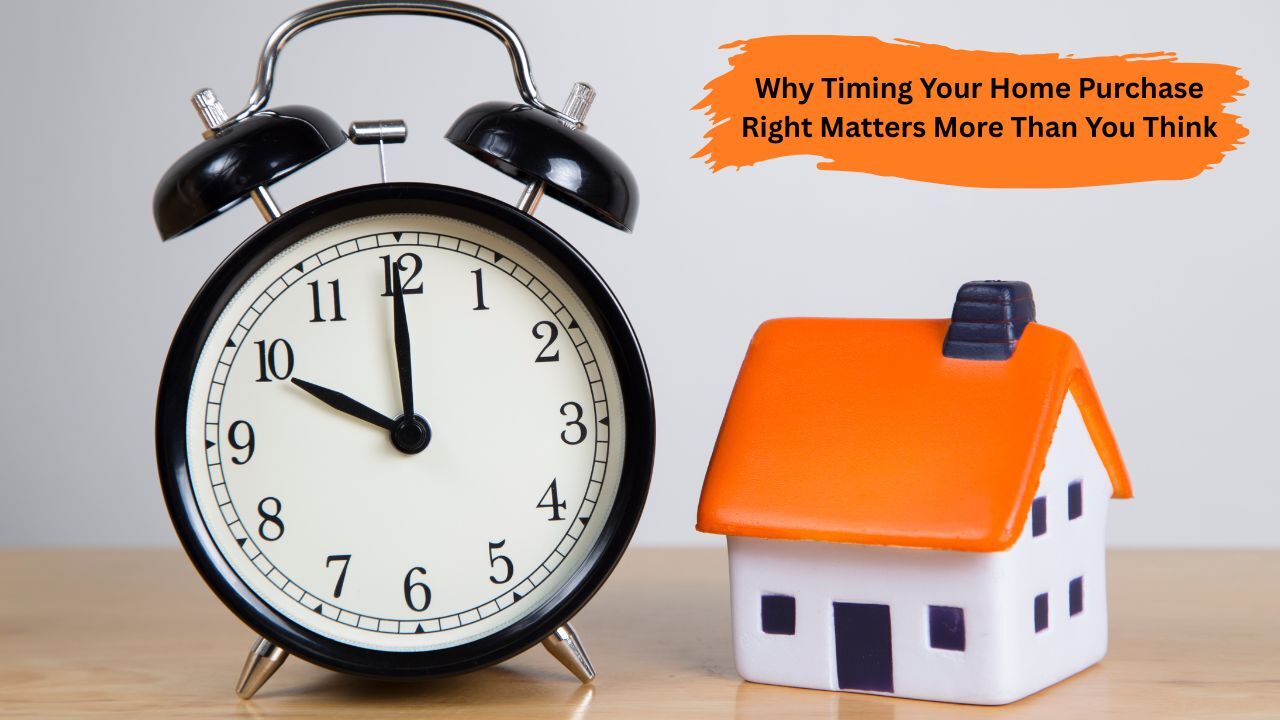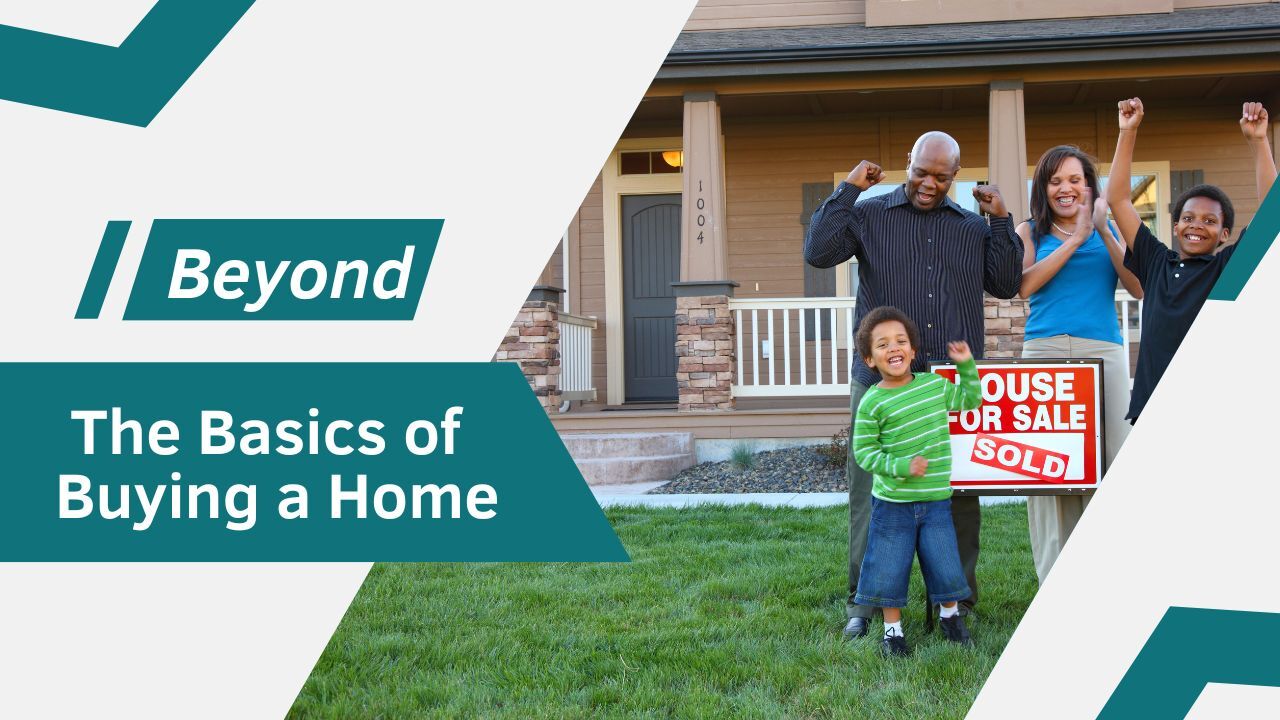 Purchasing a home is one of the most important financial and emotional decisions most people will make. While it can be exciting, it can also lead to disappointment if key factors are overlooked during the process. As a real estate professional, I often hear from buyers who wish they had done things differently. Below are the most common home buying regrets and what you can do to avoid them.
Purchasing a home is one of the most important financial and emotional decisions most people will make. While it can be exciting, it can also lead to disappointment if key factors are overlooked during the process. As a real estate professional, I often hear from buyers who wish they had done things differently. Below are the most common home buying regrets and what you can do to avoid them.
1. Underestimating Total Costs
One of the most common regrets is failing to account for the full cost of homeownership. Many buyers focus solely on the mortgage payment, overlooking additional expenses such as property taxes, insurance, maintenance, and utility bills. These costs can add up quickly and impact monthly budgets.
How to Avoid It: Ask your real estate agent and lender to provide a complete cost breakdown before you commit. Budget for regular maintenance and set aside funds for unexpected repairs.
2. Buying Too Quickly
In competitive markets, it is easy to feel rushed into making an offer. Some buyers later regret not taking enough time to research the neighborhood, inspect the property thoroughly, or weigh all their options.
How to Avoid It: While acting quickly is sometimes necessary, do not skip due diligence. Review inspection reports carefully, visit the home at different times of day, and talk to neighbors if possible.
3. Choosing the Wrong Location
Buyers sometimes fall in love with a home and overlook the location. Later, they may find the commute is too long, the school district does not meet their needs, or the neighborhood does not feel like home.
How to Avoid It: Location is one of the few things you cannot change. Make sure to consider your lifestyle needs, future plans, and local amenities before making an offer.
4. Settling on Size or Layout
Another common regret is buying a home that is either too small or not well suited for the buyer’s long-term lifestyle. It might seem like a smart compromise at the time, but living with limited space or an awkward floor plan can quickly become frustrating.
How to Avoid It: Think ahead. Will the home still work for you in five years? Consider growing families, work-from-home needs, or aging in place. Prioritize layout and functionality over cosmetic finishes.
5. Skipping a Home Inspection
In hot markets, some buyers waive the home inspection to make their offer more competitive. Unfortunately, this can lead to major regrets if serious issues go unnoticed.
How to Avoid It: Always have a professional home inspection, even if you need to shorten timelines. An inspection provides peace of mind and can uncover issues that may affect your decision or future expenses.
Home buying should be a rewarding experience, not one filled with regrets. By planning ahead, asking the right questions, and working with a trusted real estate professional, you can make confident decisions that lead to lasting satisfaction.
 Buying a home is one of the most exciting milestones in life, but it’s also a process that can sometimes come with unexpected delays. Whether it’s financing hiccups, inspection issues, or paperwork snags, knowing how to keep your purchase on track can make a huge difference. Here’s what you can do to stay proactive and keep moving forward toward your dream home.
Buying a home is one of the most exciting milestones in life, but it’s also a process that can sometimes come with unexpected delays. Whether it’s financing hiccups, inspection issues, or paperwork snags, knowing how to keep your purchase on track can make a huge difference. Here’s what you can do to stay proactive and keep moving forward toward your dream home.
 In a world where home preferences are constantly evolving, a surprising trend has emerged among homebuyers: many are prioritizing dedicated personal libraries over additional bedrooms. While traditional real estate advice has often emphasized the value of extra bedrooms for resale potential, today’s buyers are shifting their focus to spaces that enhance their lifestyle, productivity, and personal enjoyment.
In a world where home preferences are constantly evolving, a surprising trend has emerged among homebuyers: many are prioritizing dedicated personal libraries over additional bedrooms. While traditional real estate advice has often emphasized the value of extra bedrooms for resale potential, today’s buyers are shifting their focus to spaces that enhance their lifestyle, productivity, and personal enjoyment. Buying a home is one of the biggest financial and lifestyle decisions you’ll make. While most buyers focus on location, price, and size, there are several overlooked factors that can impact your long-term satisfaction. Here’s what to keep in mind when searching for the perfect home.
Buying a home is one of the biggest financial and lifestyle decisions you’ll make. While most buyers focus on location, price, and size, there are several overlooked factors that can impact your long-term satisfaction. Here’s what to keep in mind when searching for the perfect home. Buying a new home before selling your current one can be a smart move, especially in a competitive market where you do not want to risk losing your dream home. However, it requires careful financial planning and a solid strategy to manage the transition smoothly. Here are some of the best ways to navigate this process while minimizing risks and financial strain.
Buying a new home before selling your current one can be a smart move, especially in a competitive market where you do not want to risk losing your dream home. However, it requires careful financial planning and a solid strategy to manage the transition smoothly. Here are some of the best ways to navigate this process while minimizing risks and financial strain.